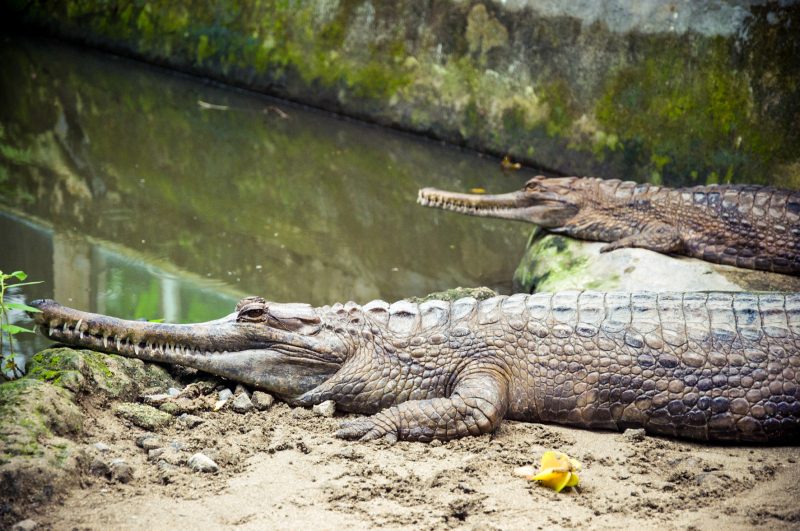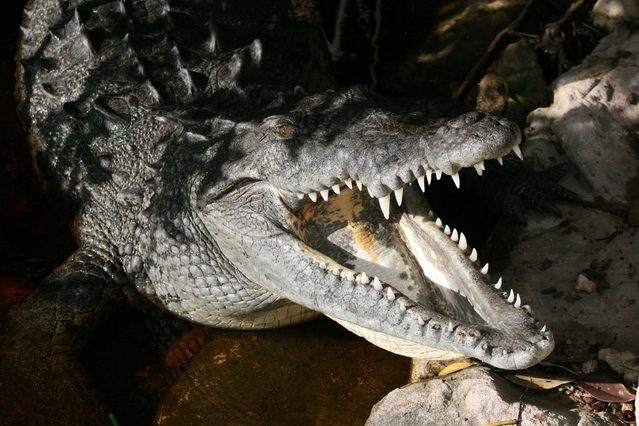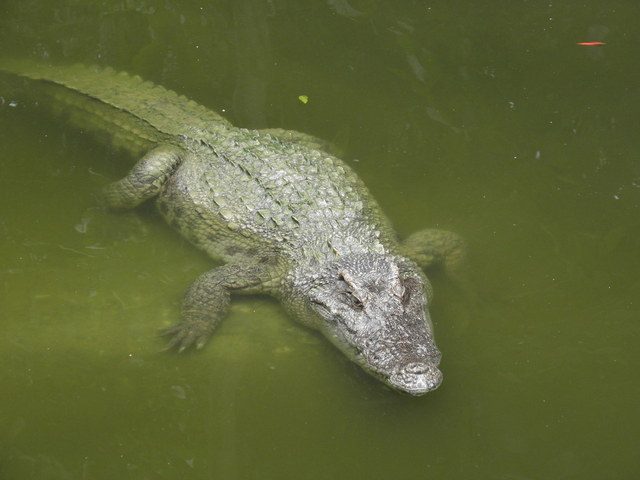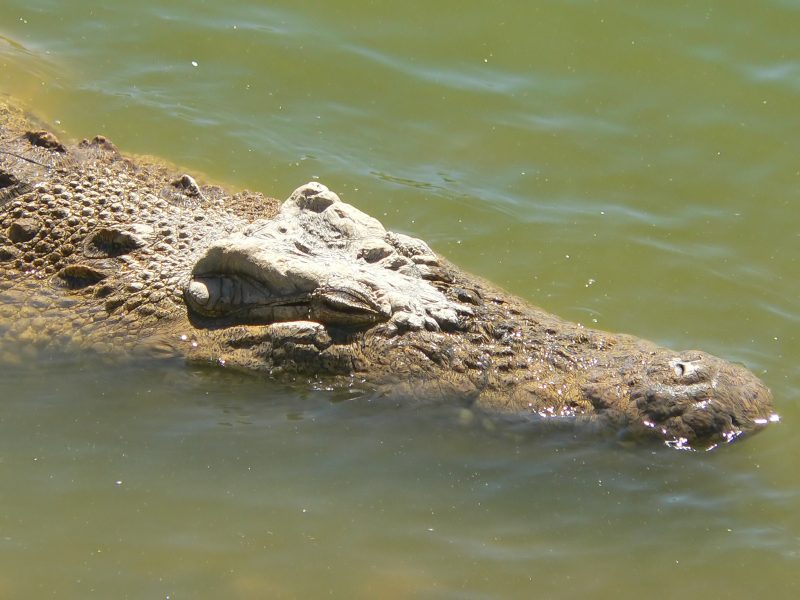Crocodile Leather Apparel Appeal And Care
Crocodile leather is considered one of the most expensive and sought out leathers in the world. It has a prominent place in the lines of most global upmarket brands such as Vuitton, Versace, Gucci, and Burberry. Although crocodile leather fashion is seasonal, the actual goods rarely lose its value due to scarcity, source, and demand, not to mention the level of craftsmanship.
Due to scarcity
As with all luxury items, the dearth of crocodile leather is a major factor in determining its value. Scarcity does not just mean rare supply. It is also the tanning facilities and tools as well as a lack of enough people with proper knowledge to produce a finished hide. The availability of hunters and farms or the shortage of them and the limitations of skin size are all determinants that affect its scarce nature.
Due to source
The source of crocodiles is a major factor that influences their value. Crocodiles are wild-caught or farmed. For farmed crocodiles, the bigger they become, the riskier it is to take care of them. They become increasingly aggressive since the reptiles are, by nature, predators. Often, the big crocodiles must be in their pens and rooms. As it grows to full maturity, the amount of food they consume also increases exponentially, and it can often consume twice the amount as the previous year. On the other hand, wild-caught crocodiles have a reciprocal problem. While care and feeding are not relevant, the croc is at a significant risk in their natural habitat of experiencing trauma where they develop inconsistencies and scars in the skin. A crocodile of at least three years without any scars is a rare find.
Due to demand
The third factor that determines the value of crocodile leather is the demand for sizeable skins which fetches a high price. It can only come from a crocodile that is raised or found to be more than three years old. Crocodiles get easily stressed, and when they are under pressure, it shows as flaws in the skin. To avoid that, farmers take great care of their crocodiles at least until the age of three. And that is the price people pay. Large size skins without any stitches are the ones used to make big items. A big item product made of one full stretch of skin with no sewing has the highest demand. The price grows with the size of the hide.
Level of craftsmanship
After detaching the crocodile skin, it passes on to the phase of dye and preservation using chemicals. The hides are then tanned in many textures and colors, leaving many possibilities for adding luxury to existing or new items. After undergoing dyeing, preserving, and tanning, the skin goes through a polishing phase. And finally, a piece of beautiful leather emerges which is ready for production. Most crocodile leather products are crafts of extraordinary meticulousness and skillfulness. Owing to handmade process, they become more eye-catchy and shiny. Therefore, many people are fond of the products due to their top rank and originality.
User-friendly applications
Crocodile leather is unique due to its elegant patterns and colors which give it a subtle allure. Depending on the positions and sizes of the leathers, appropriate products will be crafted using almost all of the leather so as to shrink wastage. The greatest advantage of crocodile leather is its versatility. Apart from its stylish glimmer, its texture boasts a plethora of applications. Hides are used to make several fashionable accessories including handbags, belts, black tactical boots, apparel, wallets, upholstery for furniture and cars that give designs a luxurious appearance with strength and durability.
Handle with care
As with every leather type, there are a few notable weaknesses and downsides. Crocodile leather is very fragile that requires delicate care to stay in shape. Restrict excess movement of accessories that may be scuffing it up. Moreover, contaminants seep into the pores from everyday use, depleting the natural oils. Even if it is not subject to harmful exposure, it will dry out over time. So, it is recommended to clean and condition the leather at least once a month. Cleaning crocodile leather is relatively easy.
Drying wet surface
Firstly, excessive water can cause it to dry out quickly, develop spots, and eventually crack. If the leather gets wet, it is important to gently wipe it over the surface with a white cloth cleaning the entire surface. Then use another dry cloth to dry it off as much as possible. Allow it to dry in a cool, dry indoor location away from direct heat and sunlight.
Removing grease stains
Use the lanolin-based leather cleaner to get rid of the greasy stains. But test it first. Oil stains can also be eliminated by placing corn starch over the spot and allowing it to absorb. Avoid rubbing the corn starch in as the contaminants may only get deeper into the leather. After a few hours, brush off the powder with a clean, dry cloth. Avoid using actual brushes or paper, as they may scratch the surface of the leather.
Maintaining with conditioner
As was the case with cleaning, it is prudent to condition the leather with a compatible leather conditioner specifically designed for crocodile leather care. Equally important is also to always test the conditioner first before using it by applying small amounts. Do not rub the conditioner too much into the stitching but rub it gently and give it an even coat using a soft microfiber cloth, making sure to wipe off any excess. Allow it to penetrate the leather and dry naturally. Afterward, buff the surface with a clean cloth and allow it to dry in a cool indoor place. Beeswax tends to work well with crocodile leather. Neutral shoe leather cream can also nourish the skin.
After cleaning and conditioning the leather, make sure to keep it in a suitable place away from plastic bags. Do not put it under other objects as they may stress or fold the leather but store it inside a box or dust bag with minimal exposure to contaminants.
5 Frequently Asked Questions About Crocodile Leather Price
To receive a colourful digibook about crocodile with videos, images and text, please fill out the following form or simply email us on safaris@safari-center.com








